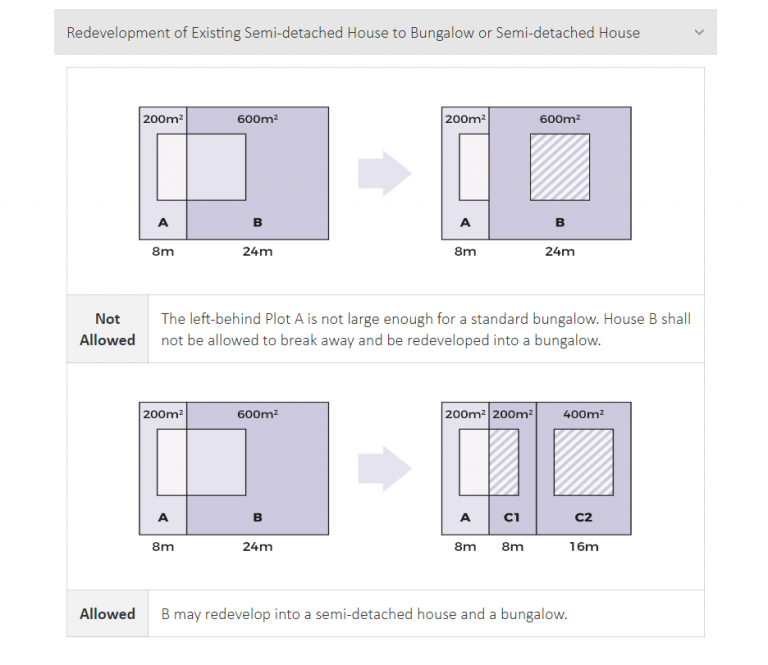Designing a home for aging is a thoughtful process that integrates accessibility, safety, and comfort, aiming to support mobility, ease of use, and overall well-being as people age. Incorporating these accessibility and safety features into a home’s design for aging-in-place can significantly enhance the livability, functionality, and security for older adults. Here’s how these details come together to create an inclusive and supportive environment:
- Accessibility Enhancements
- No-Step Entryways: By creating a smooth transition at the entry points with ramps or level access, the home becomes wheelchair- and walker-friendly. These can be seamlessly integrated with landscaping for aesthetic appeal.
- Wide Doorways and Hallways: Expanding doorways and hallways to at least 36 inches wide allows more effortless navigation for people with mobility aids. This also creates an open feel, making the space feel less restrictive and more inviting.
No Step Entryways and Wide Door and Hallways
- Single-Level Living: Ensuring that essential spaces like the bedroom, bathroom, and kitchen are on one level minimizes reliance on stairs, which can become challenging with age. If multi-level living is unavoidable, consider installing a stairlift or elevator as an option.
Single Level Living
- Integrating Lifts: Position the lift close to high-traffic areas such as the living or dining spaces to enhance accessibility while ensuring it is centrally located to connect essential floors, including the ground floor and main bedrooms. To future-proof the design, incorporate a vertical shaft or dedicate a corner of the home for potential lift installation. In the interim, this space can be utilized as storage, a closet, or a decorative feature.
Integrating Lifts
Safety Features
- Non-Slip Flooring: Choosing non-slip surfaces like textured vinyl, or slip-resistant tile (an R10 or R11 slip resistance tile), especially in high-risk areas, reduces the likelihood of falls. Also, use low-pile or slip-resistant carpet in living spaces to offer stability underfoot without being a tripping hazard.
- Grab Bars and Handrails: Installing secure grab bars in bathrooms near toilets, showers, and bathtubs provides much-needed support, reducing the risk of slips. Consider stylish grab bars that double as towel racks for a more integrated design. Handrails along hallways and stairs provide stability and support, especially if they’re easy to grip and located on both sides of stairways.
Non-Slip Flooring and Grab Bars in Toilets
- Adequate Lighting: Layered lighting throughout the home, with bright task lighting in kitchens and bathrooms, ambient lighting in hallways, and motion-sensor lights, provides visibility and security. Motion-sensor lights in entryways, bathrooms, and pathways can make night-time navigation safer without needing to fumble for switches.
- Lever-Style Door Handles: Lever handles are ergonomic and user-friendly for those with arthritis or reduced hand strength, allowing for easy entry and exit throughout the home. These handles also add an elegant, contemporary touch to doors while serving an essential function.
Adequate Lighting and Lever-style door Handles
- Green Features
- Greenery: Integrating greenery within the home ensures that nature remains accessible as mobility decreases with age, promoting well-being and tranquility. Features such as indoor gardens, vertical green walls, and potted plants for edible vegetables or fruits near key spaces like living rooms or bedrooms add convenience and a touch of nature. Courtyards, balconies, and skylit atriums bring in natural light and fresh air, while mobility-friendly pathways and raised planters provide safe and effortless interaction with greenery. Low-maintenance plant choices and automated systems further simplify care, ensuring an enduring and seamless connection to nature
Greenery
By integrating accessibility, safety features, and greenery into the home’s design, you can create a supportive environment that fosters independence, minimizes risks, and improves residents’ overall quality of life as they age. This thoughtful approach also ensures the home remains welcoming, comfortable, and convenient for guests of all ages.









